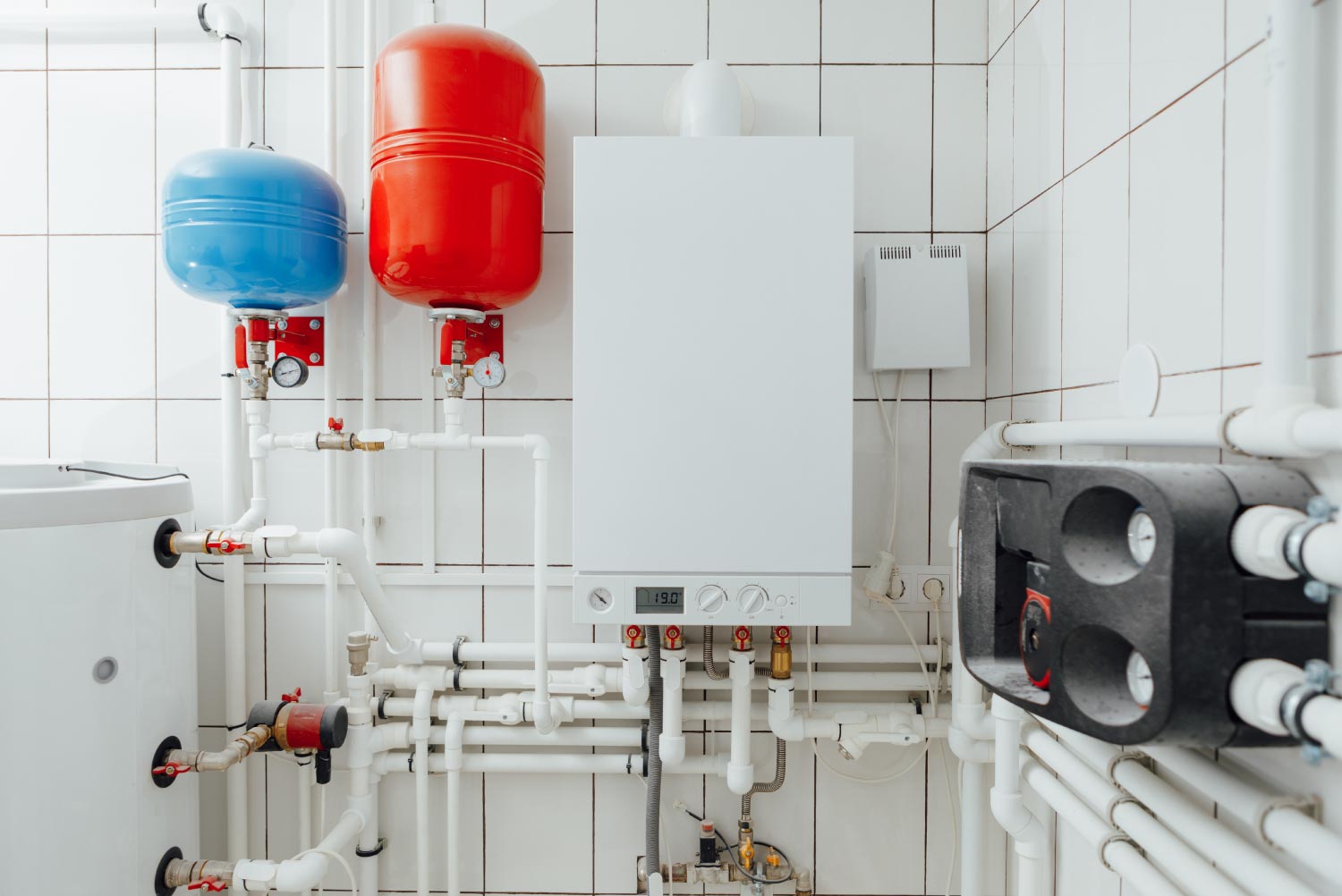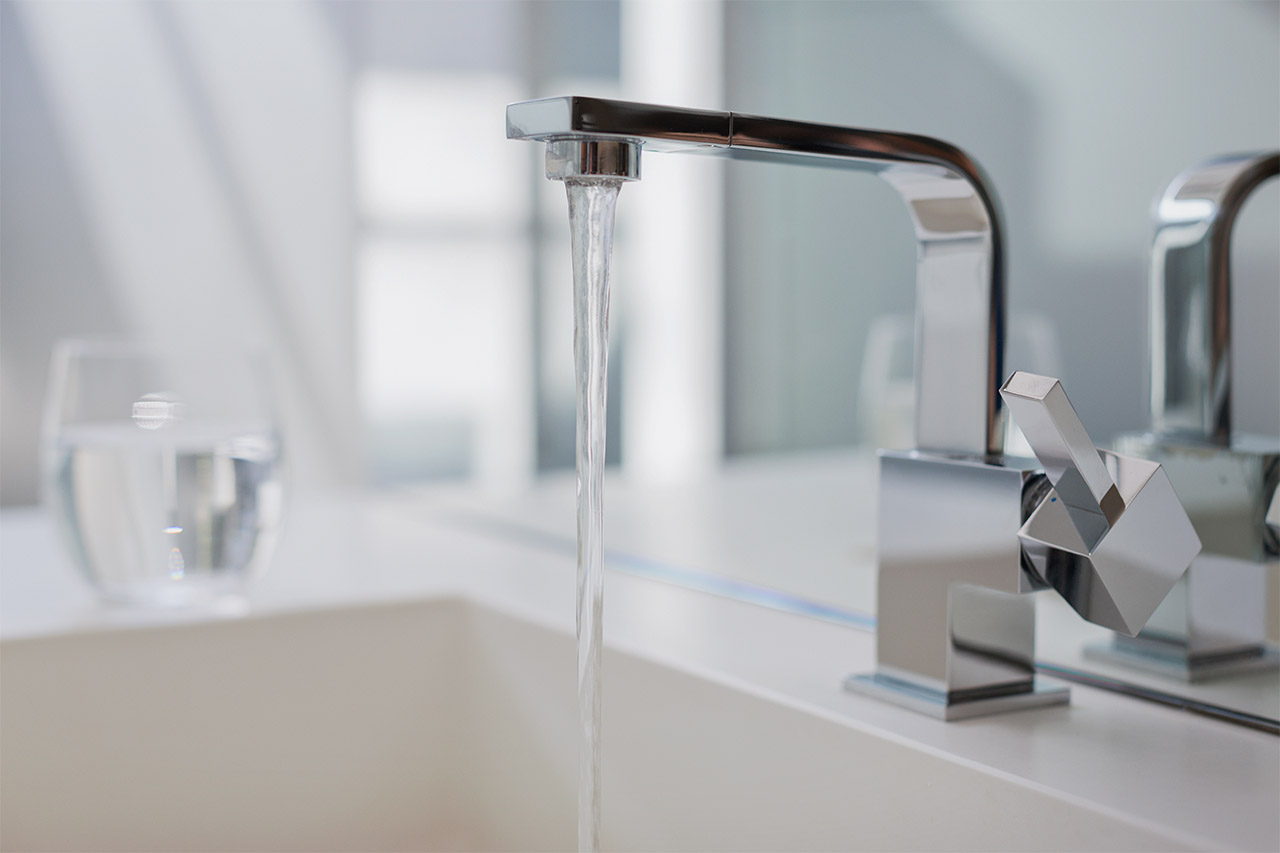
Read more about the average price to replace a bathtub with a walk-in shower. Explore average costs to remove a tub and install a new shower stall.
Toilet repairs cost an average of $271


The average range for toilet repair costs is $150 to $391, depending on the problem. The national average is $271.
Problem type, parts, and labor drive your final price.
Leaks and clogs are some of the most common toilet problems.
In most cases, toilet repairs are more affordable than a full replacement.
Upgrading to a dual-flush or low-flow toilet can save water and reduce utility bills.
This article was updated using automation technology and thoroughly reviewed for accuracy by HomeAdvisor Editor Ryan Noonan.
An average toilet repair costs $271, and most homeowners spend in the average range of $150 to $391. For minor repairs, you could spend as little as $80, or up to $800 for serious issues. Knowing what drives the price—problem type, replacement parts, and labor—helps you plan your budget and get the bathroom back in action.
Several factors influence the total cost of your toilet repair, including the type of problem, replacement parts, labor rates, and any necessary permits. Knowing these factors can help you anticipate expenses and avoid surprises.
The cost to repair your toilet largely depends on the specific issue. Common problems like running toilets, leaks, clogs, or slow-filling tanks come with their own price ranges. Understanding these issues can help you diagnose problems early and estimate repair costs.
| Problem Type | Average Cost |
|---|---|
| Running | $100–$400 |
| Leaks | $100–$600 |
| Clogs | $85–$600 |
| Loose toilet | $50–$200 |
| Slow-filling | $60–$200 |
Explore some of the most common toilet components that need to be repaired, including the total repair costs for materials and installation.
| Toilet Part | Average Cost |
|---|---|
| Tank | $50–$100 |
| Bowl | $70–$100 |
| Pipes | $70–$700 |
| Toilet seat | $50–$70 |
| Flange | $145–$350 |
| Wax ring | $50–$200 |
| Valves | $50–$150 |
| Siphon | $100–$200 |
| Toilet handle | $50–$80 |
| Toilet replacement | $90–$1,500 |
Most plumbers charge $45 to $200 per hour, with rates climbing for complex jobs or seasoned pros. The labor cost of hiring a professional plumber accounts for 60% to 75% of the total repair price. Keep in mind that labor costs can vary by region. In areas with a higher cost of living, like New York City, you may pay more for plumbing services.
Permits are usually not required for standard toilet repairs. However, if you're planning significant changes, such as relocating the toilet to a different spot in your bathroom, you might need a building permit to modify the plumbing. Consult your plumber for more information on permitting requirements.
Additional factors that can affect your toilet repair costs include:
Accessibility: A cramped powder room can slow your pro down and bump up labor costs.
Emergency services: Hiring a plumber for an immediate repair during nights, weekends, or holidays can add an extra $100 to $300 to your bill.
Deciding whether to repair or replace your toilet depends on the damage, the toilet's age, and your future plans. Repairing is often more budget-friendly, with simple fixes like tank or seat replacements starting at $50.
In contrast, a full toilet replacement costs $175 for installation and $90 to $1,500 for a new toilet. If your toilet is old and showing multiple signs of wear, replacing it might be the smarter long-term option. Upgrading to a low-flow or dual-flush model can save water and reduce your utility bills over time.
Consider these cost-saving strategies to make your toilet repairs more budget-friendly:
Schedule work during regular hours whenever you can—weekend or late-night calls can add $100 to $300. If you have a backup toilet, shut off the water to the broken one until your pro arrives.
Clear the space so your plumber can get right to work; a few minutes of prep on your end can trim the bill.
Thinking of a new toilet? A dual-flush or low-flow model cuts water use and lowers future bills.
Get at least three quotes from local toilet repair pros to compare prices and service.
No place is more important than your home, which is why HomeAdvisor connects homeowners with local pros to transform their houses into homes they love. To help homeowners prepare for their next project, HomeAdvisor provides readers with accurate cost data and follows strict editorial guidelines. We surveyed thousands of real customers about their project costs to develop the pricing data you see, so you can make the best decisions for you and your home. We pair this data with research from reputable sources, including the U.S. Bureau of Labor Statistics, academic journals, market studies, and interviews with industry experts—all to ensure our prices reflect real-world projects.
From average costs to expert advice, get all the answers you need to get your job done.

Read more about the average price to replace a bathtub with a walk-in shower. Explore average costs to remove a tub and install a new shower stall.

Tankless water heater repair costs vary depending on labor rates, the type of repair, your local rates, and other factors.

Discover what impacts the cost of replacing a home plumbing stack, from materials and labor to DIY vs. professional installation considerations.

HomeAdvisor’s Bathtub Faucet Repair or Replacement Cost Guide explains how much tub faucets cost. Find out what factors affect the final price.

HomeAdvisor's Drinking Fountain Cost Guide explores the price for units and labor. Find the cost of water fountain installation in indoor and outdoor spaces.

The average toilet price is $500. Find out how to get the best price on toilets and toilet bowls and compare prices by type and brand.